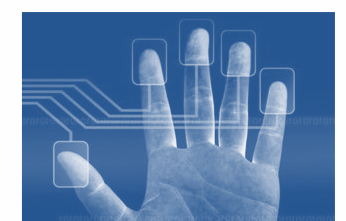What is the status of sensor technology today?
The rapid development of modern science and technology, such as measurement, control and automation technology, has greatly promoted the advancement of information technology. In the 21st century, human society has entered the information age, information technology is bound to produce a new revolution, and science and technology will surely achieve greater development. The three foundations of modern information technology are information picking, information transmission and information processing, namely sensing technology, communication technology and computer technology, which constitute the "sensory", "nerve", and "brain" of information technology systems. . Sensing technology is at the forefront of information technology, the source of information technology, and the front-end of information acquisition. Due to the needs of science and technology, economic development and ecological balance, the role of sensing technology in various fields has become increasingly prominent. In the aspects of industrial production automation, energy, transportation, military, aerospace and disaster prediction, security, environmental protection, health care and agriculture, it not only can represent the five functions of people, but also can detect the facial features of people. Various parameters. So it can be said that without sensor technology, there is no modern information technology. If the sensing technology is not developed, even if the communication technology and computer technology are developed, it can only be a "disabled person" with a clever mind and a sense of insensitivity. Therefore, the application research of sensing technology has been widely recognized in many industrialized countries.

According to relevant information, the world non-military sensor market, with sales of $32.5 billion in 1998, reached $42.2 billion in 2003 and is expected to increase to $50.6 billion in 2008. Of the $32.5 billion in sales in 1998, the United States accounted for 31%, other American countries accounted for 6.1%; Japan accounted for 14.4%, other Asia-Pacific countries accounted for 8.8%; Germany accounted for 10.9%, and other Western European countries accounted for 20.8%. Of the $50.6 billion in sales in 2008, the United States is expected to account for 29%, other American countries account for 6.5%; Japan 19.5%, other Asia-Pacific countries 9.8%; Germany 11.3%, and other Western European countries 21%. It can be seen that the development of sensing technology is extremely rapid, especially in the United States, Japan and Germany. The United States was optimistic about sensing technology as early as the 1980s, and listed sensor technology as one of the 22 key technologies of the 1990s. Japan ranks sensor technology as the top of the top ten technologies. China has also listed sensor technology as a key development project in the "Eighth Five-Year Plan" and "Ninth Five-Year Plan". In today's society, the level of sensor technology has become an important indicator of whether a country's industry is developed or not.
Sensing technology is the "eyes and ears" of scientific research and industrial technology. In the study of basic disciplines and cutting-edge technologies, the universe of thousands of light years, microscopic particles as small as 10 − 13cm; the evolution of celestial bodies that grow to billions of years, the transient response as short as 10 − 24s; up to 5 ×108°C ultra-high temperature, 3×108Pa ultra-high pressure, ultra-low temperature as low as 0.01K, ultra-vacuum of 10 − 13Pa; super strong magnetic field stronger than 25T, weak magnetic field weak to 10 − 11... Or to detect such extreme information, human sensory organs and general electronic equipment can no longer be done, and must be completed by means of high-precision measurement and control instruments or large-scale measurement and control systems equipped with corresponding sensors.

